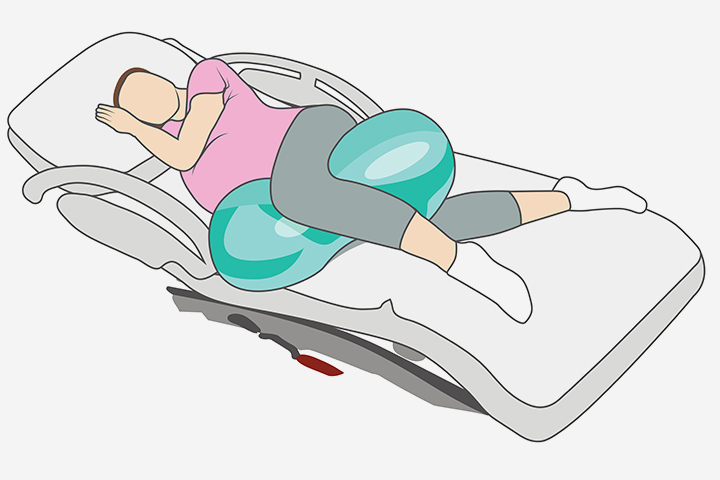
Image: Shutterstock
Some will say having kids is one of the best things to ever happen to them. One has to be in their shoes to understand this sentiment. Becoming a parent can be a very fulfilling experience, but labor and childbirth is one thing that many women dread. It’s even among the reasons some don’t want to have kids. But, what if there’s a way to ease the pain caused by labor and childbirth? Turns out there is.
Peanut balls. Does it sound familiar? Probably you’ve come across it somewhere on the internet or heard it mentioned in a discussion within your female circle. Peanut balls are famed for easing labor and delivery. This post will tell you all you need to know about this effective tool for childbirth. So, just read up until the end.
What Is A Peanut Ball?
Image: Shutterstock
A peanut ball is a ball shaped like a peanut – hence the name – used for doing yoga or exercising. Beyond this, however, a peanut ball is a tool used for easing the process of labor and delivery. During labor, you’re advised to change positions at given intervals. But doing this is more effective when laboring without an epidural (a medicine used to reduce pain in a particular area of the body) (1). Otherwise, you’re limited to a few positions. A peanut ball eliminates this problem.
An epidural restricts you to the bed. However, irrespective of your position on the bed, you can place a peanut ball between your legs or under one of your legs. Doing this helps your pelvis attain optimal positioning so your legs can be as open as possible. With your pelvic outlet as wide as possible, the natural progress of labor becomes easier.
Peanut balls work very effectively for women laboring with an epidural, but it also works well for women who labor without an epidural. In this context, you can straddle or sit on ‘’a’’ large peanut ball on the floor, while swaying back and forth. This process achieves the same result as when using it on the bed.
Some studies have confirmed the effectiveness of peanut balls during delivery. A particular one carried out by Christina Marie Tussey, Emily Botsois, and Jennifer Mensit found that women who used peanut balls had their first stage of labor shortened by 29 minutes compared to women who didn’t use peanut balls (2).
Size Of Peanut Ball
Image: Shutterstock
According to Beebe healthcare, aside from the opening of the pelvic outlet, doing peanut ball exercises can induce labor and reduce pain during delivery (3). To get the maximum benefit from using a peanut ball, you’ve to get the right size. Peanut balls come in four different sizes, and you can choose one based on your height.
- 40cm Peanut Ball – It’s the ideal size for women less that are 5ft 3inches in height.
- 50cm Peanut Ball – It’s the ideal size for women between 5ft 3inches and 5ft 6inches in height.
- 60cm Peanut Ball – It’s the ideal size for women who are 5ft 7inches and above in height.
- 70cm Peanut Ball – This is the largest size. It’s useful for sitting and straddling.
Ways To Use A Peanut Ball
Image: Shutterstock
Peanut balls have been designed for use in various ways. Its peanut-like shape makes it highly adaptable for any position. These positions will work best if you’re delivering with an epidural.
- The Side-lying Position – lying in any position, either left or right. Laying on your side also aids blood flow to the placenta.
- The Lunge Position – it’s similar to the lying position, but with the bed raised to an angle of 45 degrees.
- The Fire Hydrant Position – this position allows your baby to rotate through your pelvis.
- The Pushing Position – involves the tucked lying position and the forward-leaning position.
Although research into the effectiveness of the peanut ball on delivery is limited, there’s growing evidence that it works. It makes labor and delivery more comfortable and reduces the aches and pain that come in the later stages of pregnancy. However, make sure you talk to your healthcare professional before purchasing and using the peanut ball for labor.















